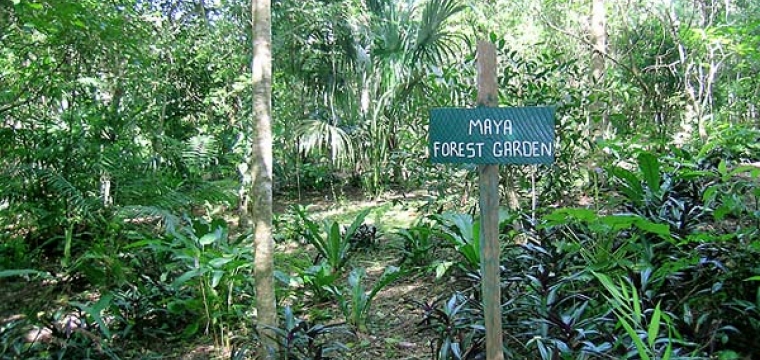The ecological structure of the Maya forest is a symbol of the dynamic relationship in which humans played an integral part. This relationship extends back eight millennia to the origins of the neotropics. These were the ancestors of the ancient Maya civilization and represent the legacy of today's farmers. The large contiguous stands of forest are a testimony to the efficacy of traditional Maya practices. Cultural selection had left its mark and today we have the Maya forest.
Traditional agricultural systems in the tropics worldwide are as complex as the environment within which they developed. Mimicking the forest structure, a polycultivation system evolved to reduce instability, prevent degradation, and integrate both intensive and extensive labor practices that increase production. Heterogeneous and biodiverse, forest gardens constituted the strength of the Maya community in the past, as they do today, by relying on the traditional knowledge of local farming households.
For our projects at El Pilar, we engage with traditional farmers. They provide an ongoing source of innovation for their local communities. The traditional farming practices align with the natural regenerative power of the tropical forest. The forest-garden design is a complex mix of economic plants that depend on labor input rather than scarce capital to provide a diverse subsistence, as well as potential cash, crops. Included among their mix are nitrogen-fixing legumes, acadia and beans, and phosphate-generating palms, the corozo or cohune. Together, these plants can regenerate soils depleted by corn and other domesticates.

